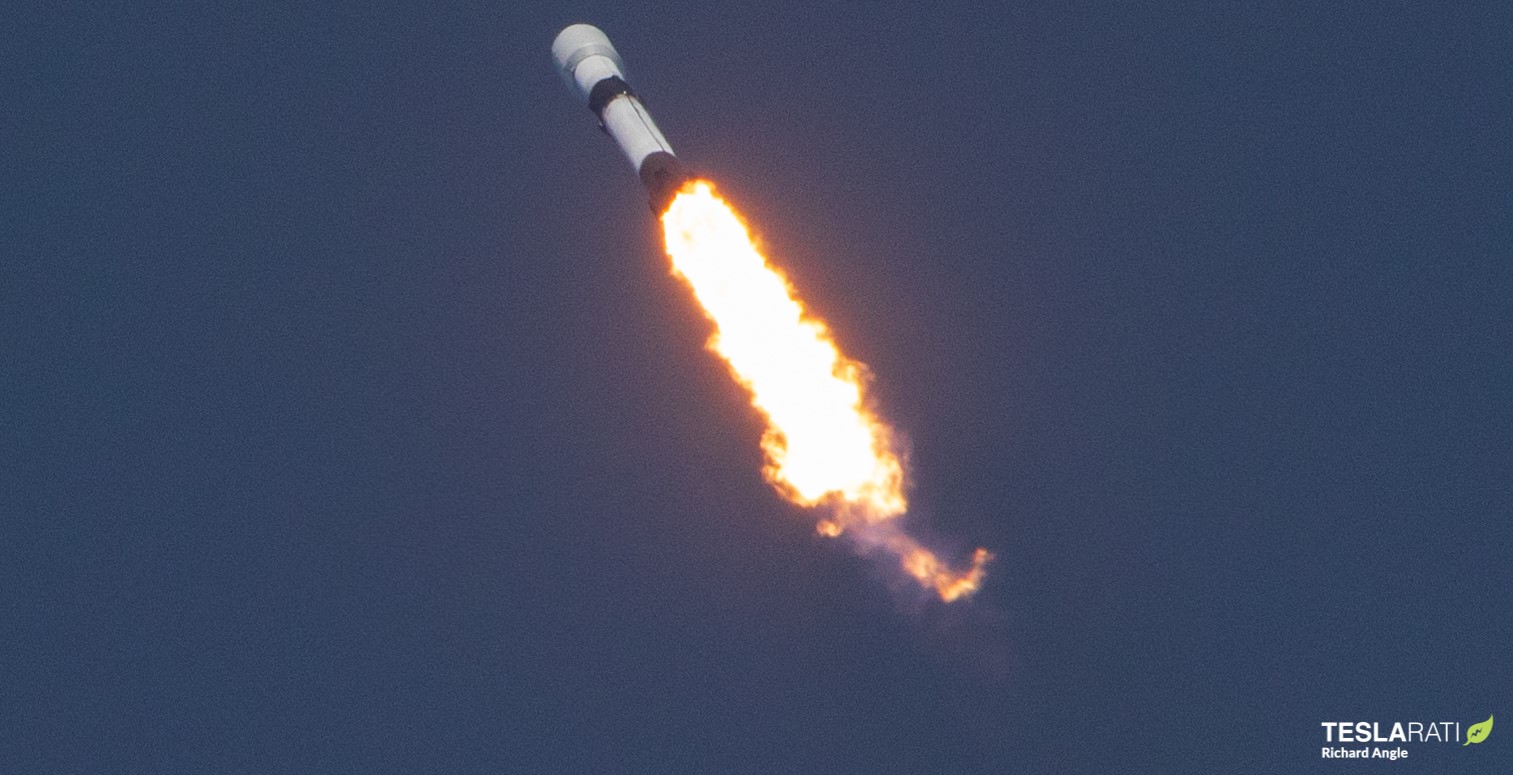
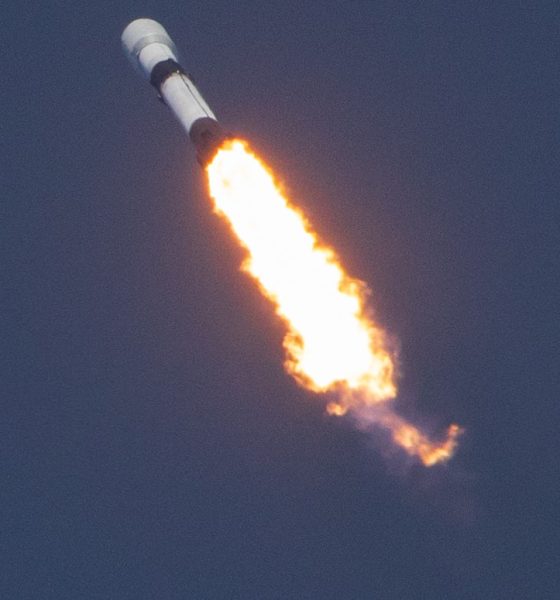
News
SpaceX just surpassed ULA to snag an American launch record (and landed a rocket)
SpaceX has successfully completed its 84th Falcon 9 rocket launch (and 52nd booster landing), surpassing the United Launch Alliance’s Atlas V to snag a long-standing American launch record.
At 3:30 pm EDT (19:30 UTC), Falcon 9 lifted off right on time after a seven-day delay and rare one-day slip forward. The 6th Starlink v1.0 mission and 7th Starlink launch overall, Falcon 9 successfully placed another batch of 60 satellites in orbit just 35 days after an almost identical booster suffered SpaceX’s first in-flight engine failure in more than eight years. Thankfully, SpaceX says that it already determined what went wrong on March 18th and the successful launch on April 22nd certainly goes a long way towards confirming its conclusions.
Like all Starlink v1.0 launches, a flight-proven Falcon 9 booster (B1051’s fourth flight) and a new upper stage worked together to send some 16 metric tons (~35,000 lb) of Starlink satellites into a very low Earth orbit (VLEO). Booster B1051 performed exactly as expected on its fourth orbital-class launch, burning for about 2.5 minutes before separating and allowing an expendable Falcon 9 upper stage to continue to orbit with its Starlink payload. About six minutes later, after a successful reentry burn and landing burn, the rocket gently touched down on drone ship Of Course I Still Love You (OCISLY). Seconds later, the upper stage shut down after safely placing 60 Starlink satellites in the correct orbit.
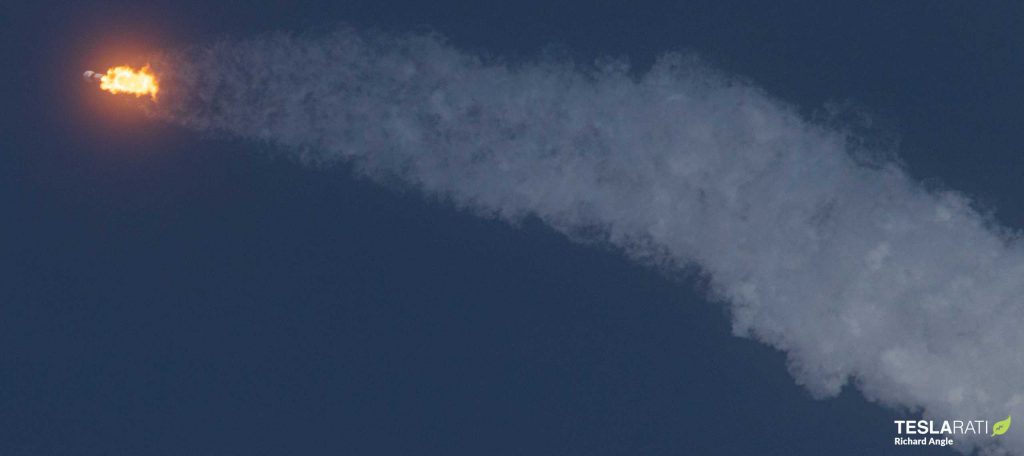
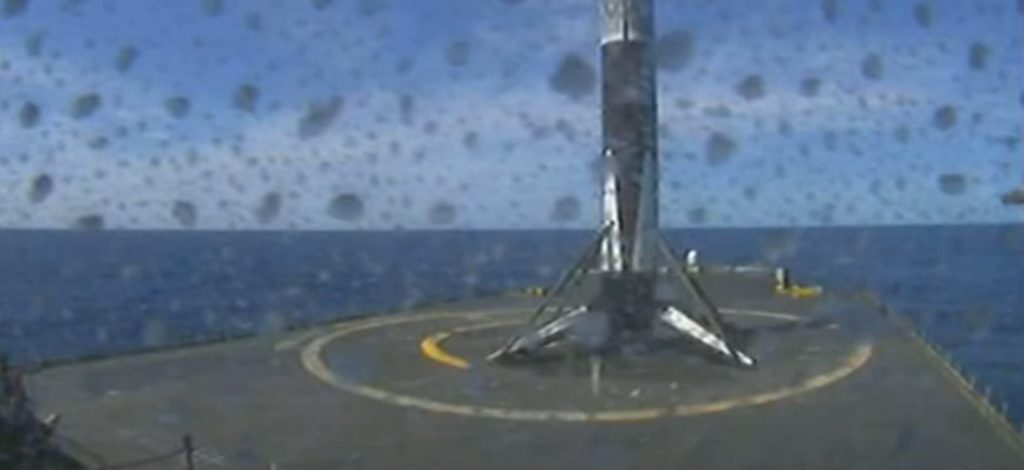
Another six minutes later, the same upper stage successfully deployed all 60 Starlink satellites, allowing them to slowly spread out on there own – a bit like a giant deck of cards with the weight of a small tank.
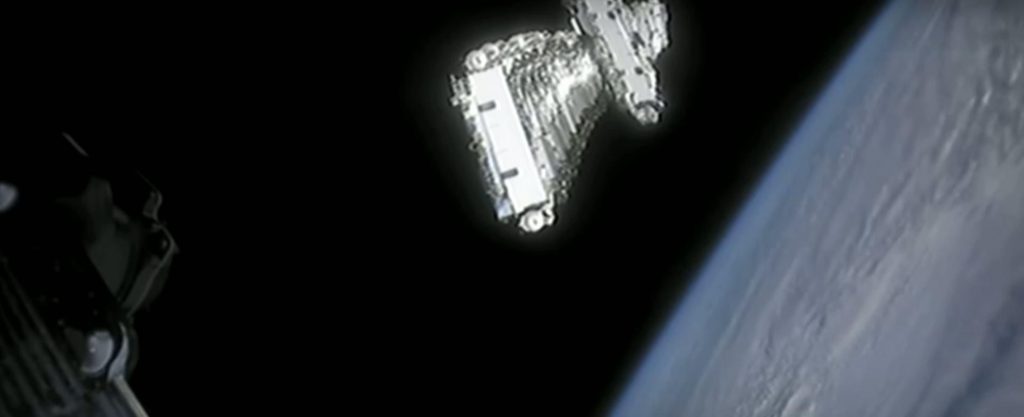
Aside from serving as an extremely reassuring return-to-flight and return-to-landing for Falcon 9 after an in-flight engine failure and two back-to-back booster landing failures, the successful launch also means that Falcon 9 now holds a significant US rocketry record. In essence, SpaceX’s workhorse rocket is now the most prolific US launch vehicle currently operating, surpassing the United Launch Alliance’s Atlas V. Since August 2002, the ULA rocket has completed 83 (mostly) successful launches.
Debuting more than eight years after Atlas V, Falcon 9 passed the 83 launch mark on March 18th and has now successfully crested 84 launches with its April 22nd Starlink-6 mission. In other words, despite operating less than half as long as Atlas V, Falcon 9 has already completed more launches than the ULA workhorse rocket, averaging one launch every 1.3 months compared to Atlas V’s 2.7 months. While SpaceX’s latest Falcon 9 v1.2 rocket variant has only launched 62 of its 84 missions since it debuted in 2015, it’s still considered slightly more reliable than the famously reliable Atlas V.
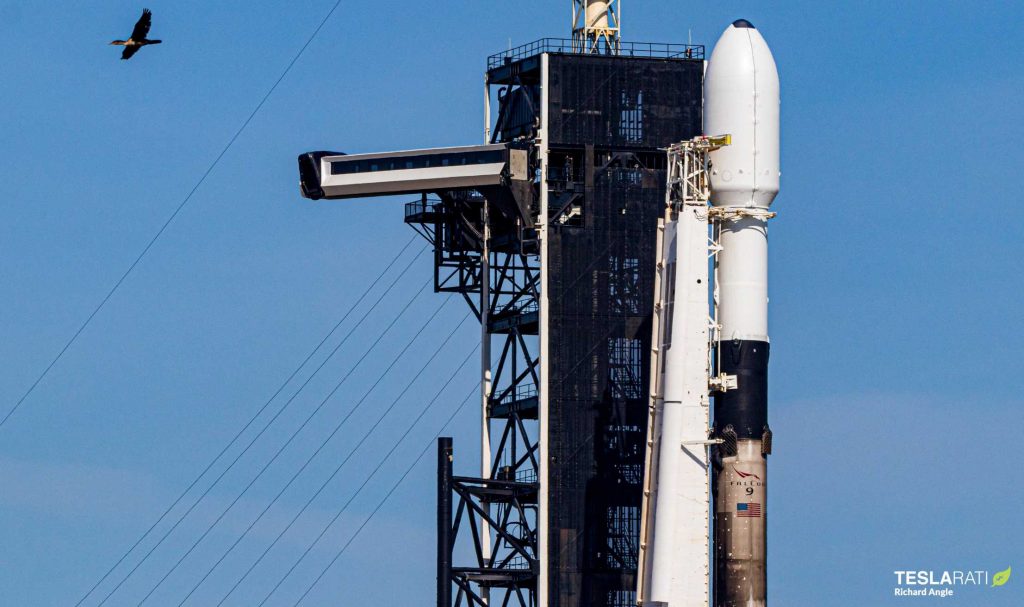
In short, SpaceX’s Falcon 9 rocket continues to prove itself to be exceptionally capable and reliable, while also managing to rapidly become one of the most-launched US rockets ever. Given that SpaceX is set on continuously and aggressively increasing the rocket’s launch cadence, Falcon 9 may be just a few years away from becoming the most-launched modern US rocket ever – a title currently held by Delta II (retired in 2018).

News
Tesla FSD fleet is nearing 7 billion total miles, including 2.5 billion city miles
As can be seen on Tesla’s official FSD webpage, vehicles equipped with the system have now navigated over 6.99 billion miles.

Tesla’s Full Self-Driving (Supervised) fleet is closing in on almost 7 billion total miles driven, as per data posted by the company on its official FSD webpage.
These figures hint at the massive scale of data fueling Tesla’s rapid FSD improvements, which have been quite notable as of late.
FSD mileage milestones
As can be seen on Tesla’s official FSD webpage, vehicles equipped with the system have now navigated over 6.99 billion miles. Tesla owner and avid FSD tester Whole Mars Catalog also shared a screenshot indicating that from the nearly 7 billion miles traveled by the FSD fleet, more than 2.5 billion miles were driven inside cities.
City miles are particularly valuable for complex urban scenarios like unprotected turns, pedestrian interactions, and traffic lights. This is also the difference-maker for FSD, as only complex solutions, such as Waymo’s self-driving taxis, operate similarly on inner-city streets. And even then, incidents such as the San Francisco blackouts have proven challenging for sensor-rich vehicles like Waymos.
Tesla’s data edge
Tesla has a number of advantages in the autonomous vehicle sector, one of which is the size of its fleet and the number of vehicles training FSD on real-world roads. Tesla’s nearly 7 billion FSD miles then allow the company to roll out updates that make its vehicles behave like they are being driven by experienced drivers, even if they are operating on their own.
So notable are Tesla’s improvements to FSD that NVIDIA Director of Robotics Jim Fan, after experiencing FSD v14, noted that the system is the first AI that passes what he described as a “Physical Turing Test.”
“Despite knowing exactly how robot learning works, I still find it magical watching the steering wheel turn by itself. First it feels surreal, next it becomes routine. Then, like the smartphone, taking it away actively hurts. This is how humanity gets rewired and glued to god-like technologies,” Fan wrote in a post on X.
News
Tesla starts showing how FSD will change lives in Europe
Local officials tested the system on narrow country roads and were impressed by FSD’s smooth, human-like driving, with some calling the service a game-changer for everyday life in areas that are far from urban centers.

Tesla has launched Europe’s first public shuttle service using Full Self-Driving (Supervised) in the rural Eifelkreis Bitburg-Prüm region of Germany, demonstrating how the technology can restore independence and mobility for people who struggle with limited transport options.
Local officials tested the system on narrow country roads and were impressed by FSD’s smooth, human-like driving, with some calling the service a game-changer for everyday life in areas that are far from urban centers.
Officials see real impact on rural residents
Arzfeld Mayor Johannes Kuhl and District Administrator Andreas Kruppert personally tested the Tesla shuttle service. This allowed them to see just how well FSD navigated winding lanes and rural roads confidently. Kruppert said, “Autonomous driving sounds like science fiction to many, but we simply see here that it works totally well in rural regions too.” Kuhl, for his part, also noted that FSD “feels like a very experienced driver.”
The pilot complements the area’s “Citizen Bus” program, which provides on-demand rides for elderly residents who can no longer drive themselves. Tesla Europe shared a video of a demonstration of the service, highlighting how FSD gives people their freedom back, even in places where public transport is not as prevalent.
What the Ministry for Economic Affairs and Transport says
Rhineland-Palatinate’s Minister Daniela Schmitt supported the project, praising the collaboration that made this “first of its kind in Europe” possible. As per the ministry, the rural rollout for the service shows FSD’s potential beyond major cities, and it delivers tangible benefits like grocery runs, doctor visits, and social connections for isolated residents.
“Reliable and flexible mobility is especially vital in rural areas. With the launch of a shuttle service using self-driving vehicles (FSD supervised) by Tesla in the Eifelkreis Bitburg-Prüm, an innovative pilot project is now getting underway that complements local community bus services. It is the first project of its kind in Europe.
“The result is a real gain for rural mobility: greater accessibility, more flexibility and tangible benefits for everyday life. A strong signal for innovation, cooperation and future-oriented mobility beyond urban centers,” the ministry wrote in a LinkedIn post.
News
Tesla China quietly posts Robotaxi-related job listing
Tesla China is currently seeking a Low Voltage Electrical Engineer to work on circuit board design for the company’s autonomous vehicles.

Tesla has posted a new job listing in Shanghai explicitly tied to its Robotaxi program, fueling speculation that the company is preparing to launch its dedicated autonomous ride-hailing service in China.
As noted in the listing, Tesla China is currently seeking a Low Voltage Electrical Engineer to work on circuit board design for the company’s autonomous vehicles.
Robotaxi-specific role
The listing, which was shared on social media platform X by industry watcher @tslaming, suggested that Tesla China is looking to fill the role urgently. The job listing itself specifically mentions that the person hired for the role will be working on the Low Voltage Hardware team, which would design the circuit boards that would serve as the nervous system of the Robotaxi.
Key tasks for the role, as indicated in the job listing, include collaboration with PCB layout, firmware, mechanical, program management, and validation teams, among other responsibilities. The role is based in Shanghai.
China Robotaxi launch
China represents a massive potential market for robotaxis, with its dense urban centers and supportive policies in select cities. Tesla has limited permission to roll out FSD in the country, though despite this, its vehicles have been hailed as among the best in the market when it comes to autonomous features. So far, at least, it appears that China supports Tesla’s FSD and Robotaxi rollout.
This was hinted at in November, when Tesla brought the Cybercab to the 8th China International Import Expo (CIIE) in Shanghai, marking the first time that the autonomous two-seater was brought to the Asia-Pacific region. The vehicle, despite not having a release date in China, received a significant amount of interest among the event’s attendees.








